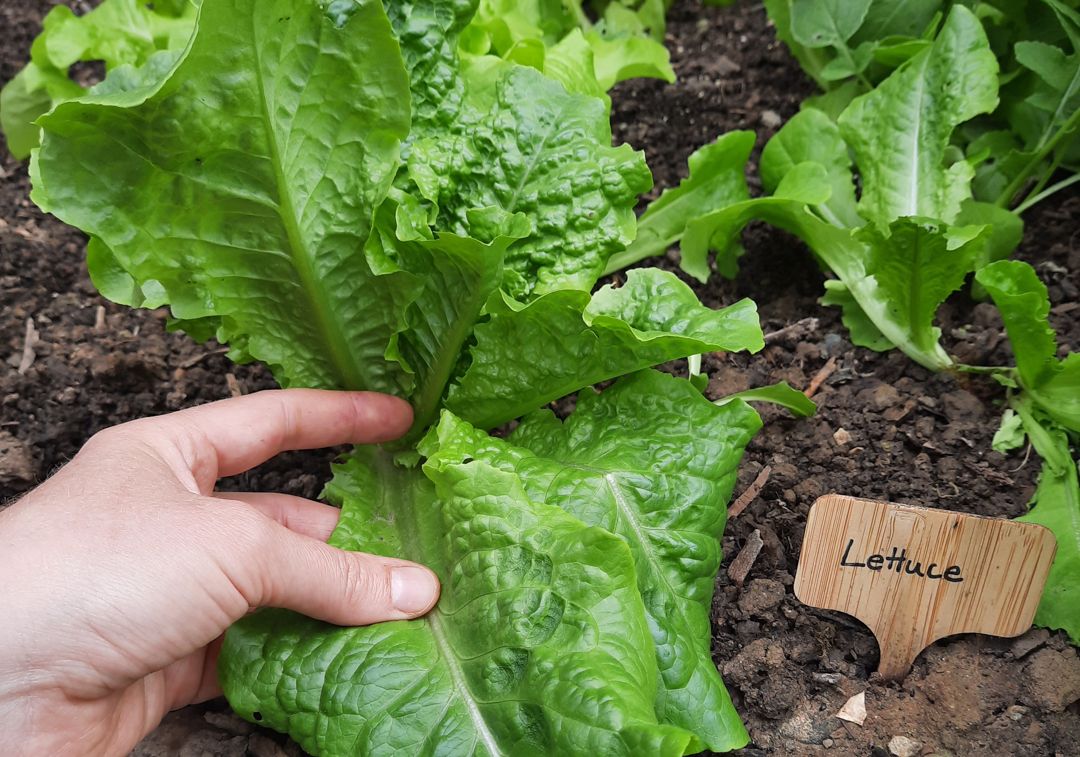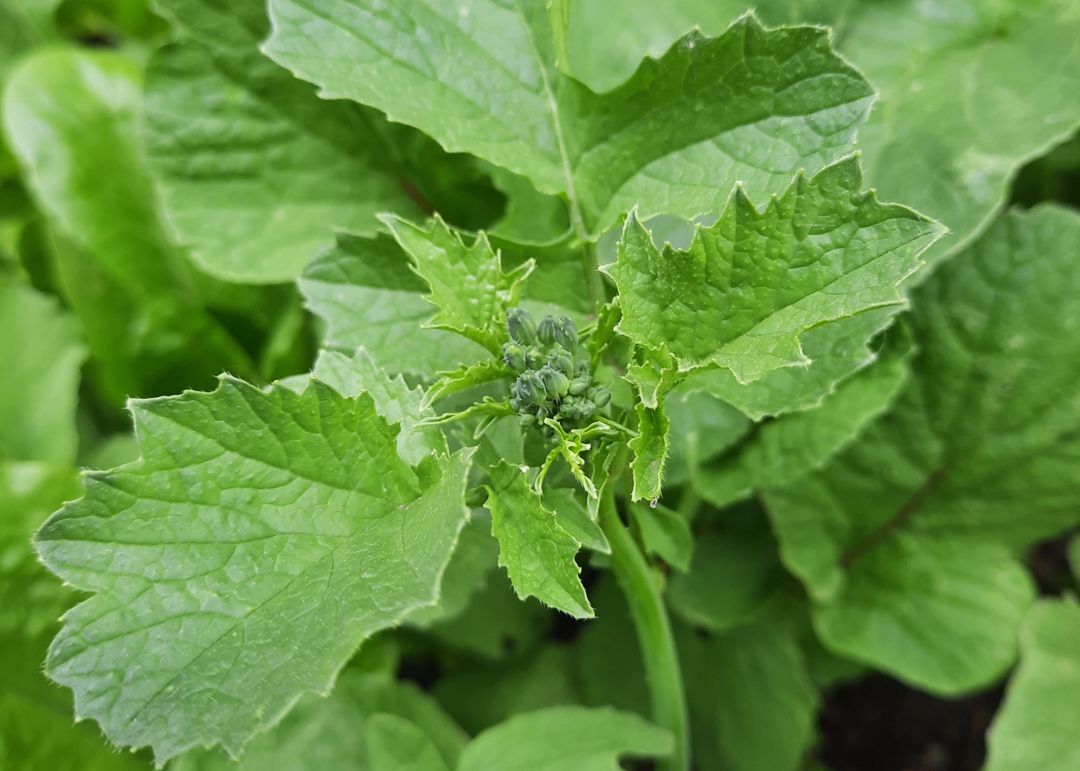The first time your hear a gardener use the word ‘bolting’ in the same sentence as ‘plants’ it can be a bit of a head-scratcher (…are they running away?) In the gardening world, bolting refers to a non-fruiting plant that has started to produce flowers and seeds- also known as ‘going to seed’. Gardeners often see bolting as a bad thing, but it doesn’t have to be!
What is bolting?
When a plant bolts it focuses all its energy on producing flowers and seeds, instead of growing new, lush leaves or larger roots. When a plant starts to bolt it sends up a thick, tough stem with feathery leaves- the flowers and seeds will form on this stem. Plants affected by bolting include: leafy greens and herbs such as lettuces and cilantro, radishes, beets, spinach, cabbages, onions, and carrots. With crops that produce fruits, like tomatoes, peppers, and cucumbers, we don’t refer to the flowering and fruiting process as bolting.
Producing flowers and seeds is a natural part of a plant’s life cycle. But what actually triggers plants to bolt? There are many factors that can signal plants to start bolting including temperature changes, changes in daylight hours, and stress from a lack of water or nutrients. Bolting is often blamed on warming temperatures as the growing season progresses, but in many cases it is cooler temperatures early in the plant’s growth as well as changes in daylight hours that contribute to bolting (yes, your plants are counting the hours of daylight!) Different plants will have specific temperature and daylight conditions that trigger them to bolt.
Why is it ‘bad’ when plants bolt?
While bolting for plants is totally normal, for gardeners it can be undesirable. When plants bolt, the parts of the plant we typically eat become unappetizing. With leafy greens, bolting causes the leaves to become extremely bitter and the plant will stop putting on new leaves. With root vegetables, the roots will stop swelling and can become tough and woody.
Bolting isn’t all bad news for us gardeners, though! While we usually want our crops to have tender greens and large roots, bolted plants have their benefits too:
- The flowers will help attract much-needed pollinators to your garden.
- Some bolted plants have delicious, edible seed pods that are hard to come by in stores! Bolted radishes will produce edible green pods that have a mild radish flavor. Bolted cilantro plants produce coriander seeds - which can be dried and used as a spice, but they are also delicious to eat while still green.
- If you are growing heirloom varieties, you can save the seeds for future planting.
But what if I want to delay bolting?
Not convinced about those radish pods? Still want to grow fresh lettuce mid-season? While bolting can’t be avoided outright, there are ways to stave it off:
- Use shade to your advantage: while most garden plants need full sun, many of the crops that tend to bolt, such as lettuce, can grow in part-shade. Planting bolt-prone crops in shadier locations can help to delay bolting significantly.
- Ensure the plant has sufficient moisture and nutrients. A stressed plant will tend to hasten flowering and seed production.
- Regular harvesting of the outer (oldest) leaves of leafy vegetables and herbs can help encourage the plant to keep producing new leaves. Some leafy crops can be harvested by hand but for a delicate job you may want to use fine-tipped pruning shears.

- For some plants, such as basil, snipping off flower stalks as soon as they appear can encourage the plant to keep on growing leaves. For others, like lettuce, unfortunately this will have little effect as the leaves will already be turning bitter.
- Succession planting can help to ensure consistent harvests of plants that have not yet bolted.
- There are also bolt-resistant plant varieties available: look for terms like ‘bolt-resistant’, ‘slobolt’, and ‘boltardy’ on the seed packet.
Despite your best efforts, at some point your bolt-prone plants will go to seed. When this happens you can pull the plants up and compost them to add nutrients back to your soil. Or, leave them to do their thing and enjoy the crop in a new way!
